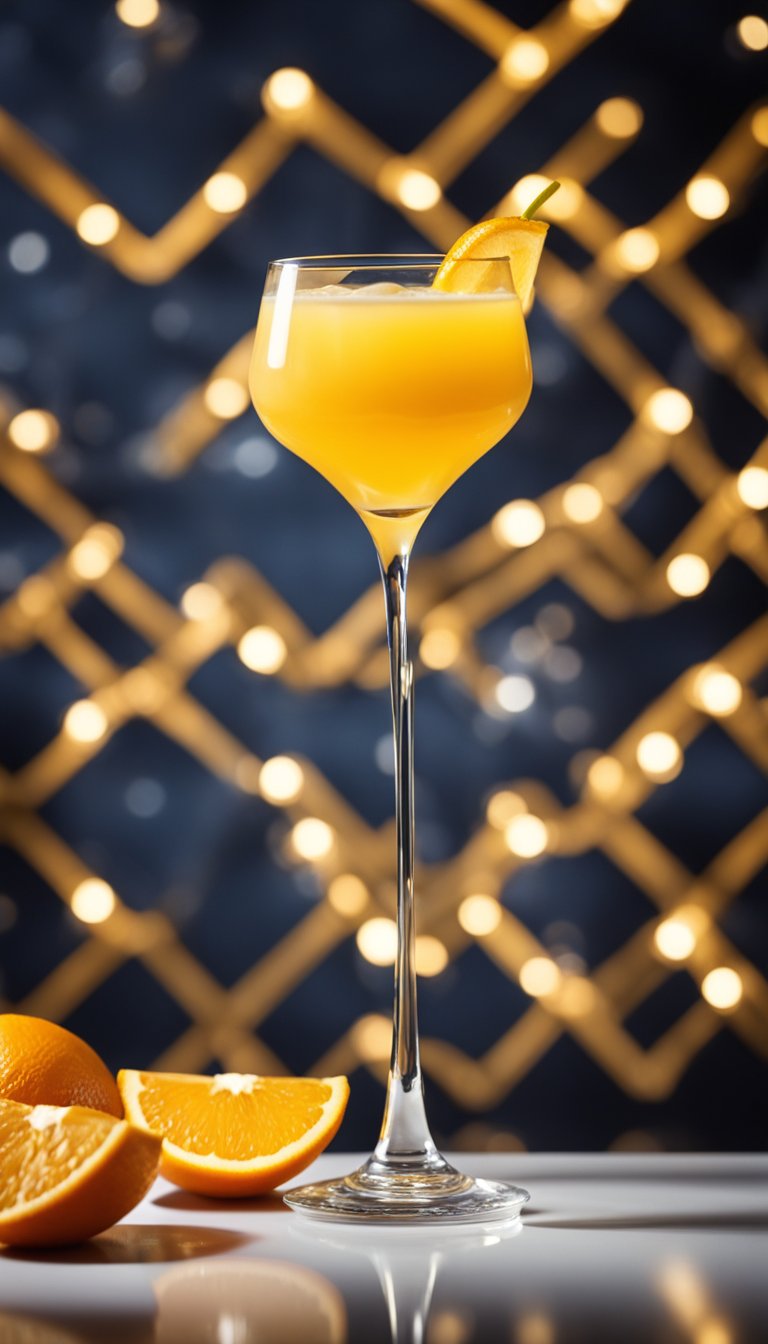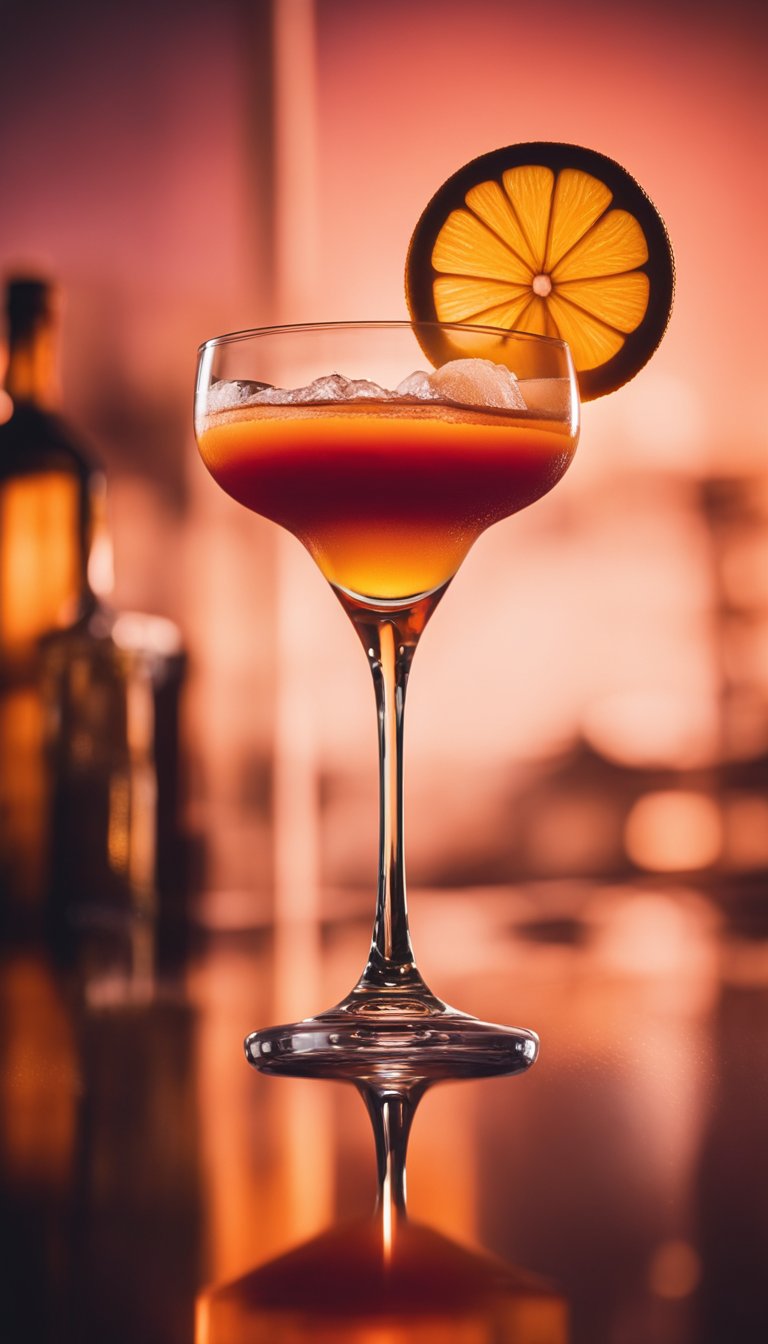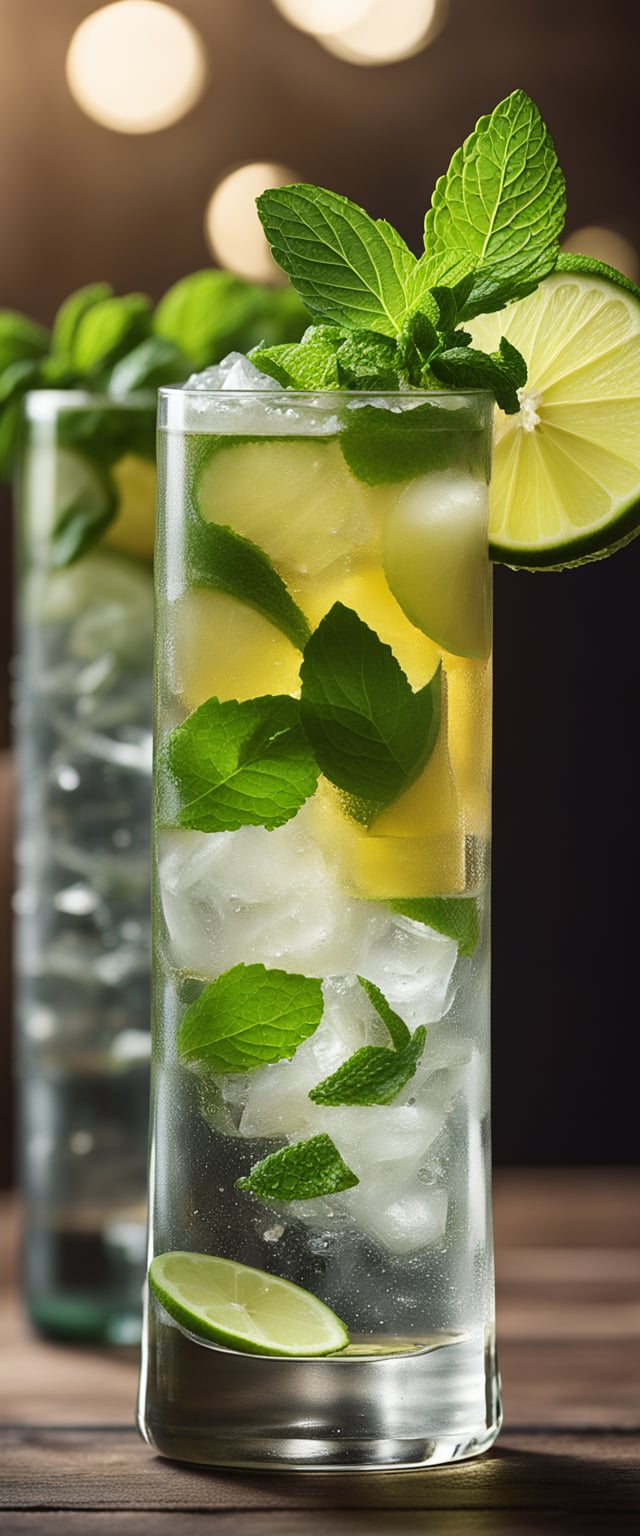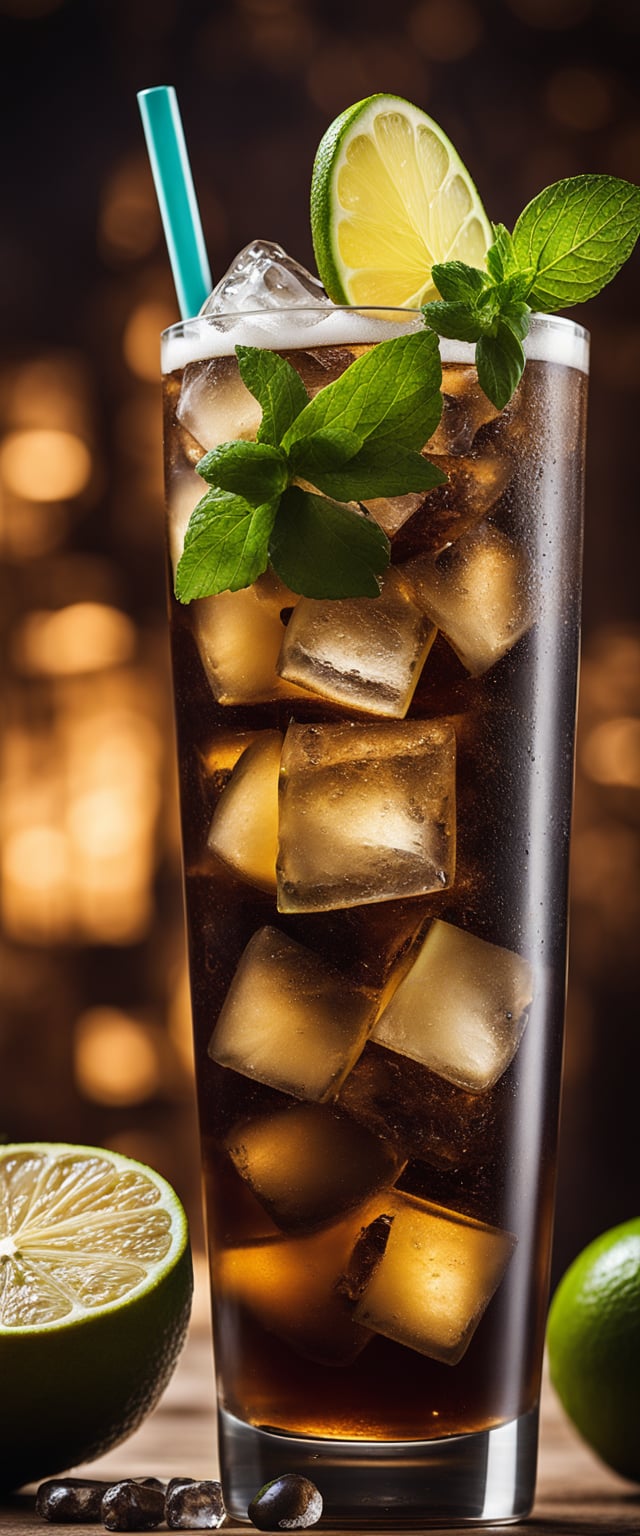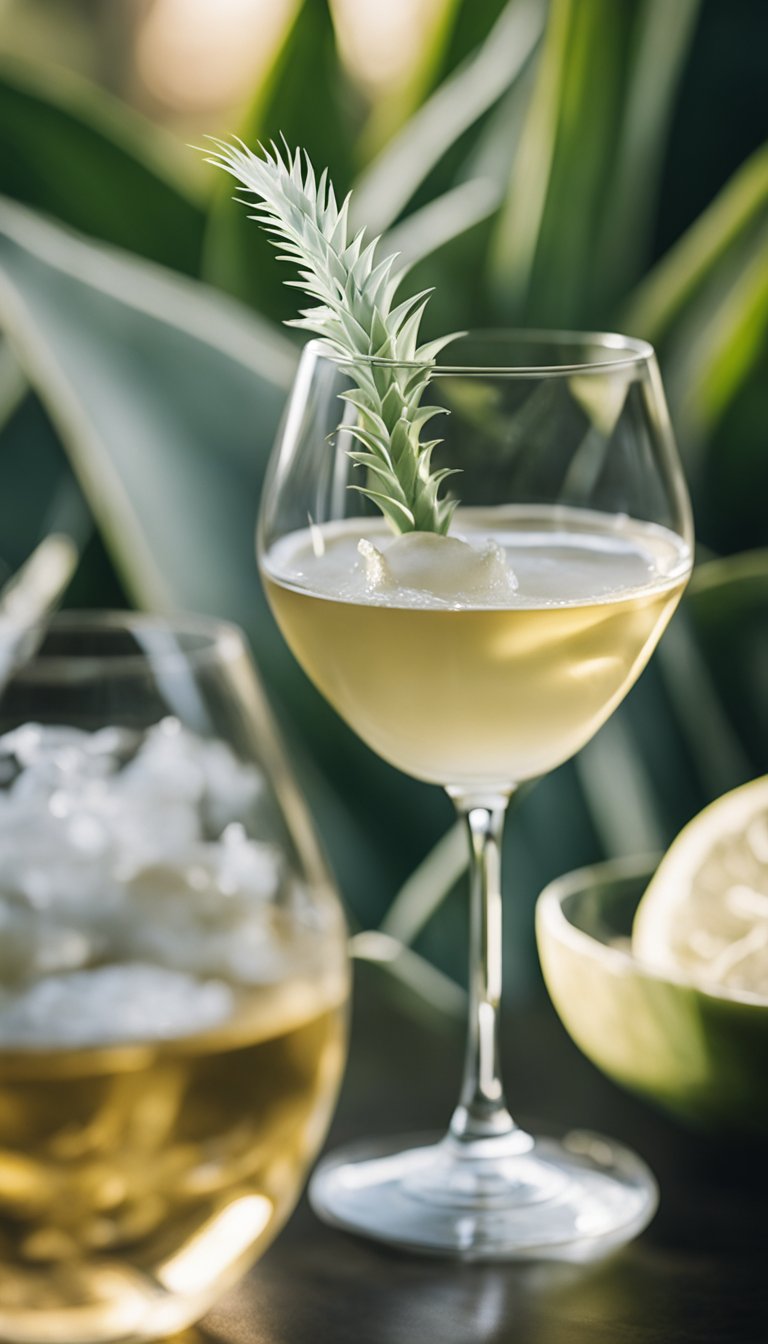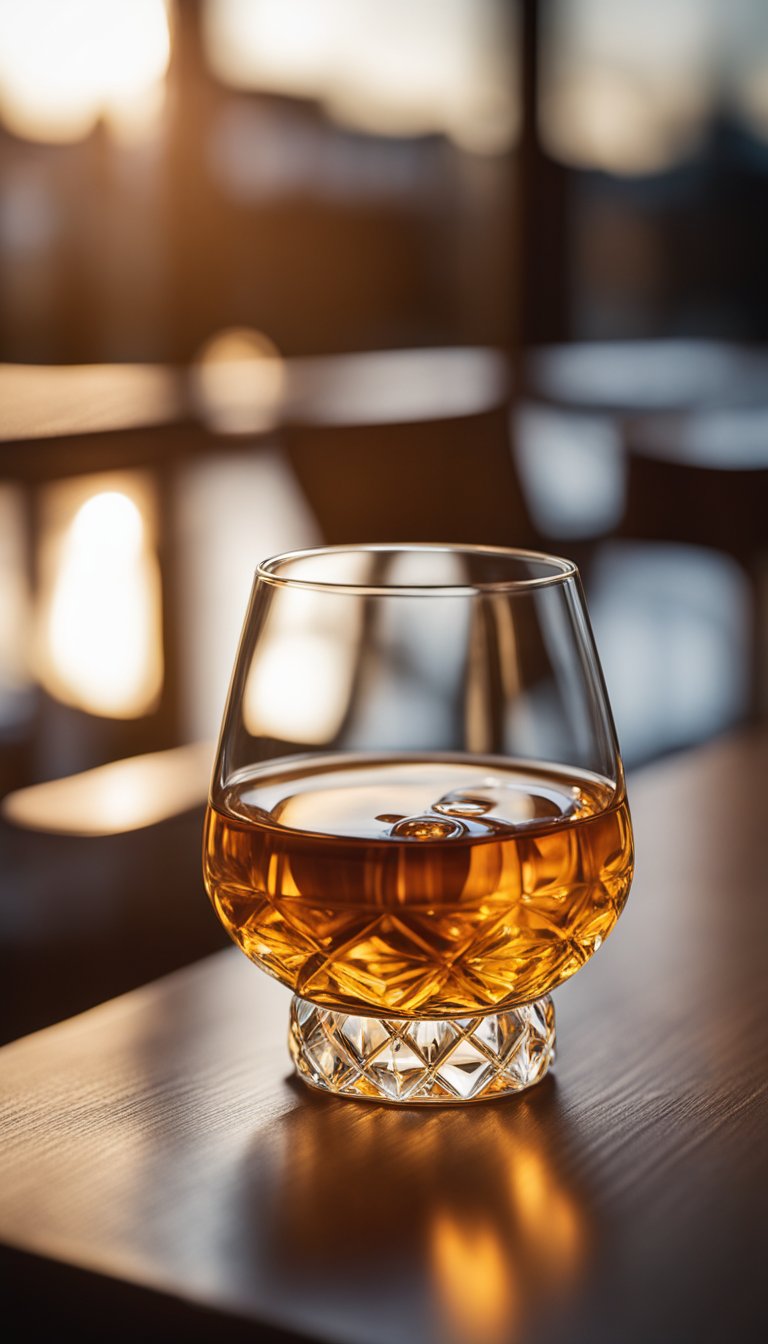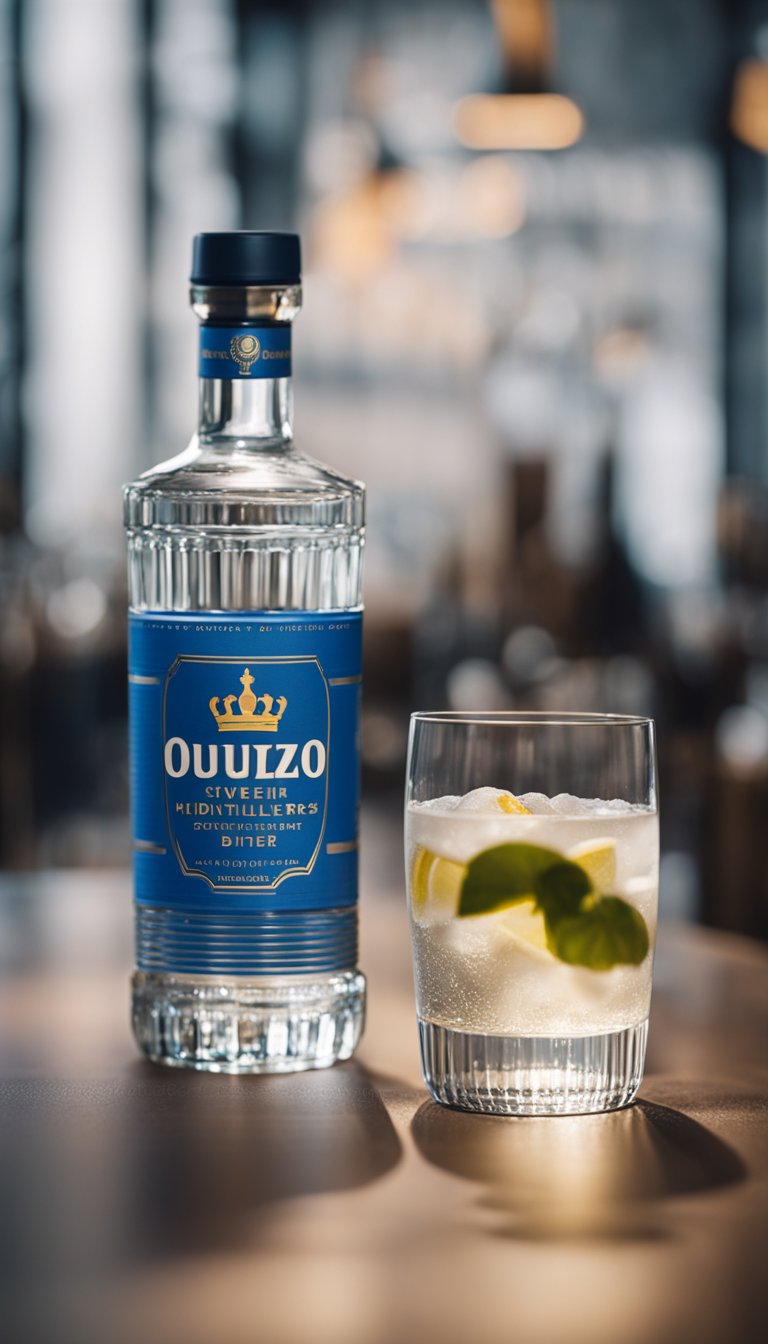In the ever-changing world beverages, a newcomer is taking center stage: alcohol-free spirits. These innovative concoctions are gaining significant popularity in recent years, as consumers increasingly choosing non-alcoholic alternatives. In this comprehensive look at the subject that we’ll dive into the alcohol-free spirit market, in particular, the current state as well as the growth potential in both the EU and the UK. Be ready as we embark to explore this fascinating area.
The growing popularity of alcohol-free Spirits
The Numbers Don’t lie
We must first take a moment to grasp the immense size of the market’s growth. In the EU and UK, the demand for spirit that is alcohol-free has increased dramatically. The market was estimated at a staggering X billion. Experts have predicted that it will remain on an upward trend, achieving a,!Y billion in 2025.
The Consumer’s Preferences Revised
What is the reason for this astronomical rise? The reason lies mostly in the changing preferences of consumers. Health-consciousness and a desire for more mindful drinking have driven people to look for alternatives traditional alcohol beverages. Alcohol-free spirits have emerged as a clear win in meeting these shifting expectations.
A Peek into the Brands
In this market, many brands have achieved significant growth. Brands such as “Spirito” and “Elixiria” have secured market share thanks to their wide range of alcohol-free spirit offerings. Spirito’s floral botanical blends as well as Elixiria’s blends of fruit have become household names, an indication of the ability of the industry to create compelling alternatives.
Navigating the Regulatory Seas
Learning the Rules
Before diving deeper into the waters, you must navigate the waters of alcohol-free spirits. When it comes to the EU and UK these drinks have specific regulations that differentiate them from traditional alcoholic beverages. It is crucial to know these regulations for those working in this field.
The Composition of Labels and the Language
One of the most important aspects of regulation is labeling and composition. Alcohol-free spirits should clearly disclose their alcohol content, which is typically under 0.5% ABV (alcohol as a volume). Following these guidelines will ensure transparency for consumers and allows them to make educated choices.
Marketing and branding
Additionally, the marketing and branding of alcohol-free spirits shouldn’t deceive consumers. It is important to strike a balance between advertising the product as a viable alternative for alcohol-based spirits and distinguishing it as an exclusive offering is crucial.
Once we’ve explored the market landscape and regulatory complications, let’s move into the realm of non-alcoholic spirits. In the following section, we’ll discover the fascinating trends in the market and emerging patterns that are shaping the dynamic industry. Join us in this exploration of health and wellness, the latest trends in innovation and the exciting potential of alcohol-free spirits.
A Taste of Innovation: New trends in the alcohol-free Spirit Market
After we’ve laid basis for understanding the alcohol free spirit market’s present state We can now set our sights on the horizon. In this article we’ll do a deep study of the trends that are emerging that are transforming this EU and UK sector of alcohol-free spirits. Make sure you buckle your seatbelts as travel to the forefront of technology, sustainability, and shifting consumer preferences.
Innovation is at the center of attention
Beyond the Mocktail
The days of boring mocktails have long passed. Perhaps one of the most striking trends of the alcohol-free spirit market is the constant pursuit of innovation. Some brands have pushed the limits of flavor profiles, making use of exotic botanicals, and employing advanced distillation techniques and processes to make alcohol-free spirits that compete with their alcoholic counterparts.
Aromatic Complexity
Leading the charge are brands like “AromaCraft” or “InfiniFlavor,” known for their distinct flavor profiles. From smoky, smoky flavors that remind us of aged whiskey to the bright citrus energy of a gin-inspired spirit, these products showcase the artistic side of alcohol-free spirits making.
The Invention of Limited Editions
Another exciting aspect of innovation is the emergence of limited-edition spirits that are alcohol-free. Brands are exploring seasonal releases, collaborating with famous mixologists, and mixing exotic ingredients to create sensational offerings.
Sustainability and Eco-Conscious Choices
From Field to Bottle
As consumers become more environmentally conscious, sustainability has become a central theme in the alcohol-free spirit market. Companies are placing an intense emphasis on responsible sourcing ingredients and eco-friendly packaging. “EcoSip” as well as “GreenHarvest” are two examples of companies dedicated to sustainability. They are using organic and ethically sourced ingredients and recyclable packaging.
Reduced carbon footprints
Reduced carbon footprints are a priority. Certain brands are taking carbon neutral production techniques, offsetting emissions, and implementing environmentally friendly practices. These are initiatives that resonate with consumers who want products that reflect their beliefs.
Meeting Diverse Consumer Needs
A Spectrum of Choices
One of the unique aspects of the alcohol-free spirit market is its capacity to meet a variety of consumer desires. There’s no longer one size fits all scenario. The brands recognize that customers are different in their tastes and food restrictions.
Sugar-Free, Gluten Free, and more
Gluten-free, sugar-free, as well as alcohol-free, allergen-free spirits are all over the market. Brands like “PureTaste” along with “FreeFlow” are experts at crafting spirits that cater to specific needs of dietary restrictions, making sure that nobody is left out enjoying the alcohol-free taste.
As we sail through the creative waters and study sustainability in the market for alcohol-free spirits, it’s evident that the industry is evolving quickly to meet the needs of consumers. However, the story doesn’t finish here. In the next part we’ll examine the consumer behaviors that are guiding the direction for this particular market. Take a look at the intricacies of consumer choices and the nuances of their choices.
Your Direct Route to Non-Alcoholic Excellence: Bulk Order from Swedish Distillers!
Confronting Consumer Behavior: Understanding Trends and Preferences
In our travels through the evolving landscape of alcohol-free spirits, you’ve seen the market’s current conditions and marveled at the new techniques. Now, it’s time to focus our attention on what is driving the revolution in the market: consumer behaviour. Knowing what consumers want and how they make choices is vital for brands hoping to make a mark to succeed in both the EU and UK alcohol-free spirit market.
The Multifaceted Consumer
The Health-conscious Consumer
One of the more prominent changes in the behavior of consumers is the growing health consciousness. A growing number of consumers prefer alcohol-free spirits as a means to enjoy the ritual of a cocktail without the detrimental health consequences of alcohol. The majority of them are focused on their the physical and mental health of their guests and are usually drawn to spirits that are made from the benefits of natural ingredients and health benefits.
the Culinary Explorer
The market for alcohol-free spirits is also attracting foodies who are enthralled by mixing the art of mixology. They seek complex flavor profiles and unique botanical blends that elevate their drinking experiences. They believe that alcohol-free spirits are an ideal canvas to experiment with cocktail recipes.
The Social Connector
Humans, as social beings, tend for connection with others. Alcohol-free drinkers have a special place among those who wish to be a part in social gatherings free of alcohol’s influence. They appreciate the social aspect of drinking and the ability to savor a sophisticated drink without the hangover.
Consumer Behavior Trends
Web Discovery, and Purchasing
Digital technology has changed how consumers find and buy alcohol-free drinks. Online platforms, from e-commerce websites to social media, play an important part in influencing consumer preferences. Brands that effectively leverage digital channels for marketing and sales are more likely to succeed.
Transparency and Authenticity
Customers are demanding transparent brands. They need to know where their ingredients come from what they’re made of, how it’s done and the standards the company’s brand embodies. A commitment to authenticity and sustainable practices are a big hit with today’s shoppers.
The role of Reviews and Recommendations
Reviews and suggestions, whether from friends or online influencers can carry significant weight in the alcohol-free spirit market. Positive reviews and endorsements from experts are able to influence consumers’ choices. Brands must engage their customers and solicit honest feedback.
Sustainability as a Key Driver
Sustainability is no longer a nebulous issue and is now a common driver of consumer behaviour. Companies that practice eco-friendly methods and display social responsibility are in a position to attract customers who are aligned with these values.
What’s next
While we navigate the tangled ocean of trends in consumer behavior and trends, it’s evident that the alcohol-free spirit market is not just about what’s in the bottle, but regarding the values and experiences it embodies. In the following section we’ll look at the strategies and tactics that brands are employing to meet these diverse demands of consumers. Be prepared to dive into the strategies propelling brands to the top of this fast-growing industry.
Strategies for Creating Success: Strategies for Brands that are Alcohol-Free
In the constantly changing landscape of alcohol-free spirits, brands are creating successes by analyzing consumer behavior and capitalizing on emerging trends. With consumers searching for safer, better, and socially connected alternatives, alcohol-free spirits have to adopt the right strategies to stand out in a competitive market. In this section we’ll take a look at the strategies that the most successful brands employ as well as guiding you down a way to success in the EU and UK alcohol-free spirit market.
Strategy 1: Diverse Flavor Profiles
Bold and Many Botanicals
Some of the most renowned brands are creating sophisticated flavor profiles that accommodate various flavors. They’re using a variety of plants, each chosen for their individual contribution to the overall taste experience. This ensures that customers can discover alcohol-free spirits that satisfy their tastes and preferences, whether it’s fresh and refreshing, or something rich and spicy.
Limit Editions, and seasonal Releases
Special editions that are intriguing and seasonal releases inspire curiosity and anticipation among the consumers. These special releases showcase creative flavor combinations or highlight the seasonal flavors, and provide a reason for consumers to try something new.
Strategy 2 Mixology and Collaborations
Collaborations with Mixologists
Collaborating with top mixologists is a great strategy for companies. Mixologists can create signature cocktail recipes and cocktails that highlight the distinctive flavor of an alcohol-free spirit. Their expertise gives credibility to the brand, and opens new avenues of mixology.
Cocktail Recipe Collections
Many successful alcohol-free spirit brands offer drink recipes. The collections encourage individuals to be creative and allow them to explore new mixers, garnishes, and different styles of presentation. Sharing these recipes on websites and social channels increases the brand’s engagement.
Strategy 3: Sustainable and eco-friendly Strategies
Sustainable Sourcing
Brands are increasingly adopting green practices from sourcing natural products responsibly to reducing carbon footprint. People are drawn to brands that prioritize environmental responsibility, making sustainability a key selling aspect.
Eco-Friendly Packaging
Eco-friendly packaging is a different trend that is catching the attention of environmentally conscious consumers. Brands are looking into innovative packing materials which are recyclable, biodegradable, or even reusable. A stylish, sustainable packaging option can set a brand apart from other brands on the market and in the minds of customers.
Strategy 4: Engaging with Communities
Online Communities
Successful brands create online communities that let consumers connect, share experiences, and share ideas. These communities are a place that allows consumers to discuss cocktail recipes review, creative ways to make use of alcohol-free spirit.
A Consumer’s Perspective and Iteration
Brands continuously seek out and respond to feedback from consumers. This process of feedback allows brands to tweak their products, flavors, and marketing strategies based on real-world input. It also displays a dedication in addressing the needs of consumers.
Strategy 5: Innovative Marketing
Marketing and Storytelling
Effective storytelling helps brands connect with their consumers on a greater level. Brands are sharing their origins in their values, beliefs, and commitments to wellness and sustainability. They rely on storytelling to convey their personality and authenticity as a brand.
Partnering with Influencers
Collaborations with influencers who are aligned with the values of the company and targeted audience can broaden a brand’s reach. Influencers often produce engaging content that showcases the brand’s products within the context of their lifestyle.
What’s Next
As we discover the strategies that are creating success in the alcohol-free spirit market we’re ready to begin the last section of the study looking into the future. In the next section we’ll examine the crystal ball to examine the forecasts and trends that are expected to define our understanding of the EU and UK market for alcohol-free spirits over the next few years.
The Future of Alcohol-Free Spirits The Future of Alcohol-Free Spirits: Trends, Predictions and Predictions
As we conclude our journey around the world that’s alcohol-free, we cast our gaze toward an horizon and look into the latest trends and predictions that are poised to reshape this EU and UK market for alcohol-free spirits over the next few years. It has been an informative journey and has led us through many aspects of the burgeoning market from its beginnings all the way to the strategies that leading brands are employing to make a mark. Let’s now embark on an exciting exploration.
“The alcohol-free spirit movement Continues
New Formulations
The market for alcohol-free spirits is expected to receive an increase in innovative formulations. Brands will push the boundaries by exploring exotic botanicals in addition to novel flavor profiles and creative techniques to replicate the richness and complexity of alcohol-based spirits. Expect to see spirits that go against the established rules and excite the palate.
Health and Wellness Integration
Consumers’ growing interest in health and wellness will fuel the creation of alcohol-free spirits which offer benefits. Brands will encase their products by incorporating adaptogens and vitamins, as well as other substances that promote health. These spirits will not only offer an alternative to alcohol, but also appeal to people who are looking for beverages that promote their health and well-being.
Personalized Experiences
Personalization will be a central theme. Brands will harness technology in order to create unique alcohol-free spirits experiences. From customizable flavor profiles to the ability to request cocktail recommendations on demand, customers will have more control over their beverages than ever before.
Sustainability takes center stage
Circular Economy practices
Sustainability will continue to be a major area of focus. Companies will embrace circular economy strategies, making sure that production processes do not create waste and environmental impact. Sourcing, production, and packaging will be developed with environmental sustainability in the forefront, while appealing consumers who are environmentally conscious.
Carbon-Neutral Spirits
Brands must commit to carbon neutrality. This means reducing the carbon emissions created during all the lifecycles of a product. Carbon-neutral spirits will attract consumers worried about climate change as well as environmental conservation.
The rise of E-Commerce and DTC Models
Direct-to-Consumer (DTC) Dominance
Electronic commerce and DTC models will continue to flourish. Spirit brands that are alcohol-free will invest in user-friendly platforms for online shopping, making it easier for customers to locate, buy and interact with their offerings directly. The ease of DTC shopping will help drive market growth.
Virtual Tastes and experiences
Virtual tastings and immersive virtual experiences on the internet will soon be standard. Brands will hold virtual events that allow customers to discover their products from sitting at their homes. This will build consumer relationships and build brand loyalty.
Revisions to the Regulation and Acceptance
Clearer Labeling Standards
Regulators will create specific standards for the labeling of alcohol-free spirits. This will ensure transparency and aiding consumers to make informed decisions. Standardized terminology will cut down on confusion about alcohol content.
Greater Acceptance
Alcohol-free spirits will be gaining greater acceptance in bars, restaurants and in social settings. Mixologists will incorporate them into their menus, providing wide range of non-alcoholic drinks. The stigma of abstaining on alcohol will fade.
A Recap of Our Journey
As we wrap up our examination into the EU and UK market for alcohol-free spirits to an end in a few minutes, let’s try to reminisce about the interesting adventure we’ve had:
-
Understanding the Market We began by developing a complete understanding of the market for alcohol-free spirits it’s history, as well as its rapid growth.
-
Making Success Strategies: We delved into the strategies used by successful brands, including the variety of flavor profiles, collaborations sustainable, community engagement as well as innovative marketing.
-
The Future Is Ahead: In this section, we’ve looked towards the crystal, exploring the predictions and trends that will influence the future of this fast-growing business.
In the end in conclusion, in conclusion, the EU as well as the UK liquor-free market are currently on ascending growth, fueled by sustainable development, innovation and evolving consumer preferences. Brands who embrace these trends while adapting to the ever-changing landscape are well-positioned to be successful in this dynamic market.
Thank you for joining us as we travel. We are now entering our future with alcohol-free spirit May your glasses be full of the endless possibilities that this industry offers.

